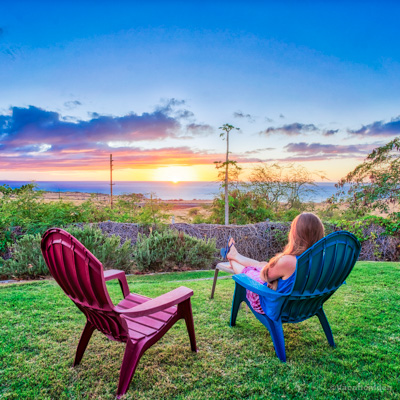Best Places to Visit in Nebraska

Searching for the best places to visit in Nebraska? Well, you are in the right place! Nebraska may be known for its wide-open plains, but it’s also full of unique landscapes, charming towns, and cultural gems that make it an underrated destination to explore. Having spent four weeks road tripping through the state, I’ve found that Nebraska offers a surprising mix of history, outdoor beauty, and welcoming small-town charm that make it well worth a visit.
I discovered striking rock formations rising from the prairie, quiet trails that showcase the state’s natural beauty, and vibrant cities filled with art, food, and history. From family-friendly attractions to hidden gems off the beaten path, Nebraska has something for every kind of traveler. Here are the places I recommend, and I think you’ll enjoy them too.
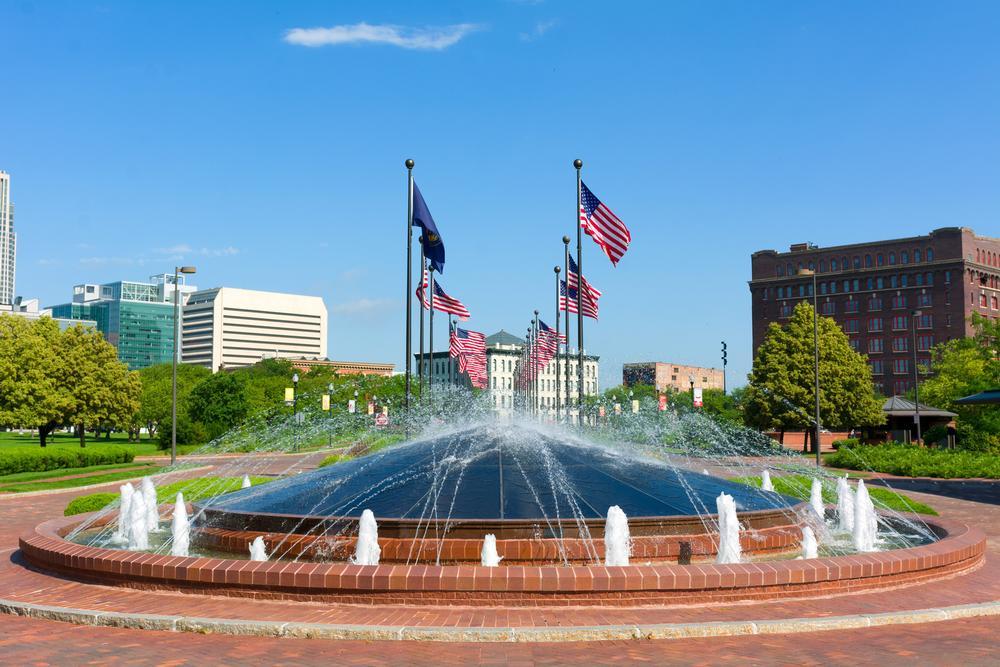
1. Omaha
This Midwestern city surprised me with its welcoming charm, buzzing culture, and mix of old-fashioned warmth and modern flair. Omaha is one of the best places to visit in Nebraska. Why? From historic districts filled with red-brick architecture to trendy neighborhoods brimming with boutique shops, craft breweries, and farm-to-table dining, the "Gateway to the West" felt both approachable and stylish at the same time.
I only drove a short distance from the Missouri River to the heart of downtown, where I lingered for three days at 4-star Kimpton Cottonwood Hotel. You can wander through the cobblestone streets of the Old Market, listen to live jazz, explore quirky galleries, and enjoy cozy cafés like Café Postale and The Durham Cafe.
I also enjoyed the Lauritzen Gardens, Henry Doorly Zoo & Aquarium, and Bob Kerrey Pedestrian Bridge.
- Location: Eastern Nebraska along the Missouri River, bordering Iowa, north of Lincoln and south of Sioux City
- Map & Directions
What I loved best:
We caught the Omaha Film Festival in March which we loved for its diverse offerings, Q&A sessions with filmmakers and lively community vibe.
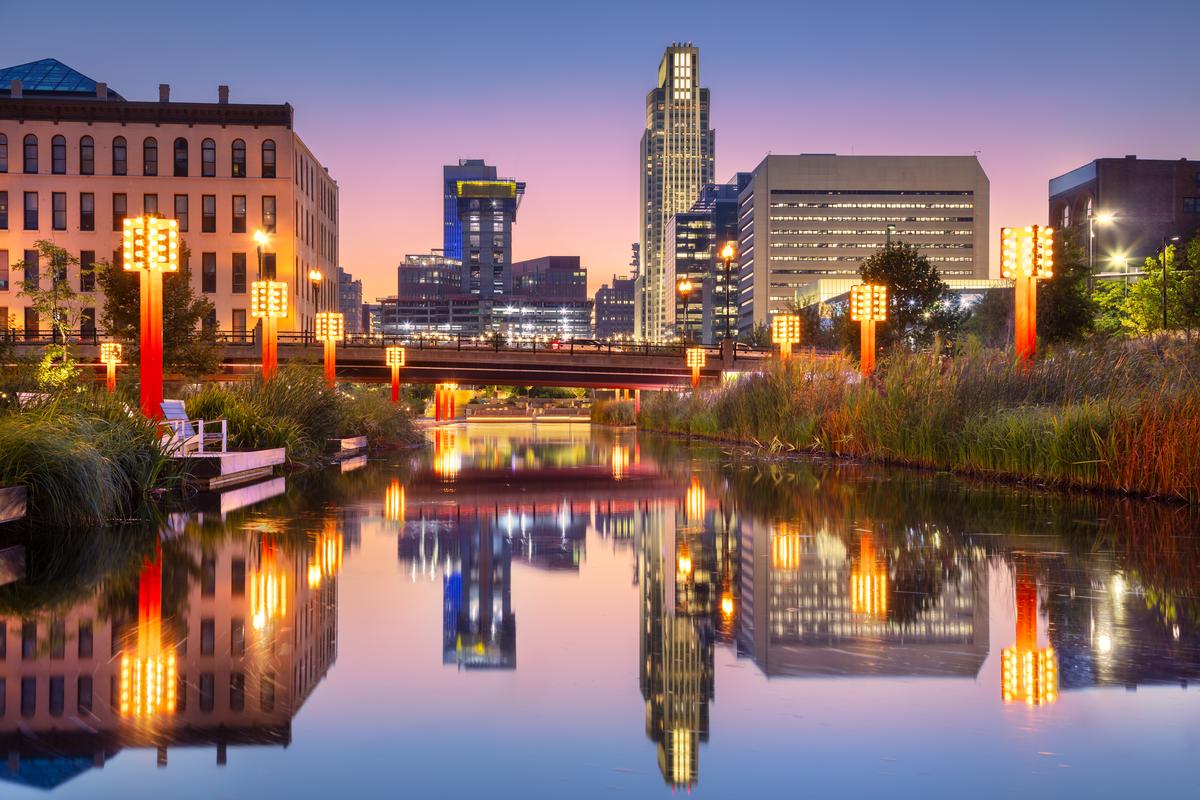
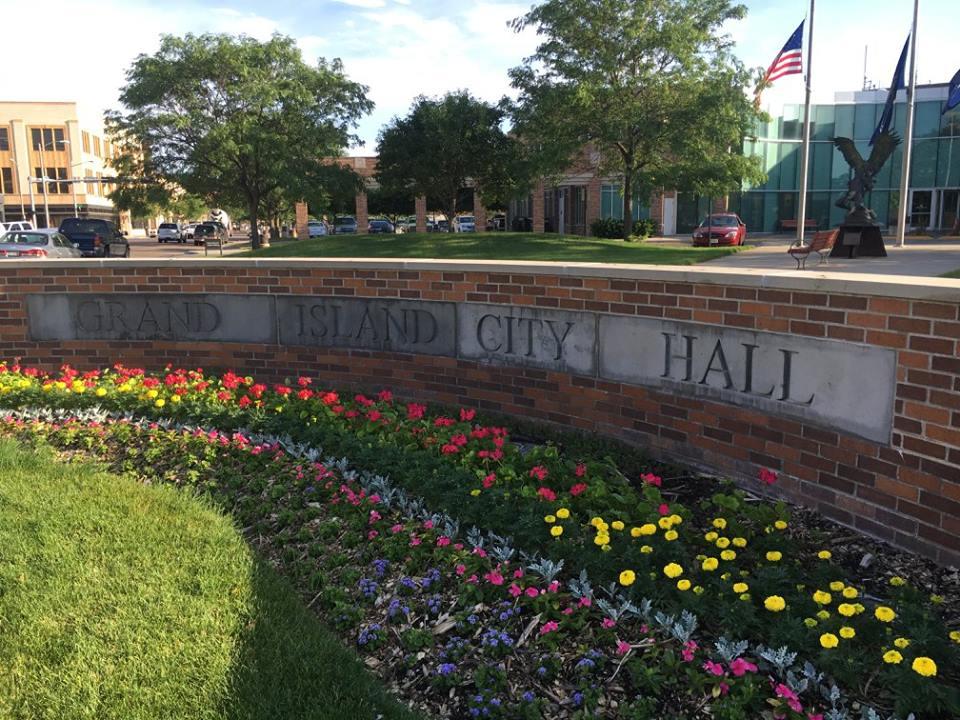
2. Grand Island
This places features small-city warmth, surprising cultural gems, and easy access to nature. It felt both relaxed and full of heart — the kind of place where community pride shines through in local festivals, historic landmarks, and wide-open prairie views.
I drove 1 hour 30 minutes west from Lincoln and lingered for five days at the 2-star Comfort Inn Grand Island North, strolling downtown streets dotted with family-run shops and cafés, learning about the pioneer era at Stuhr Museum of the Prairie Pioneer, and unwinding in local parks. One evening I caught a small outdoor concert that perfectly captured Grand Island’s friendly, unhurried spirit.
- Location: Central Nebraska in the Platte River Valley, northwest of Lincoln and west of Omaha along Interstate 80
- Map & Directions
What I loved best:
Spring is especially magical, when more than half a million sandhill cranes stop along the Platte River during migration — a breathtaking spectacle of nature.
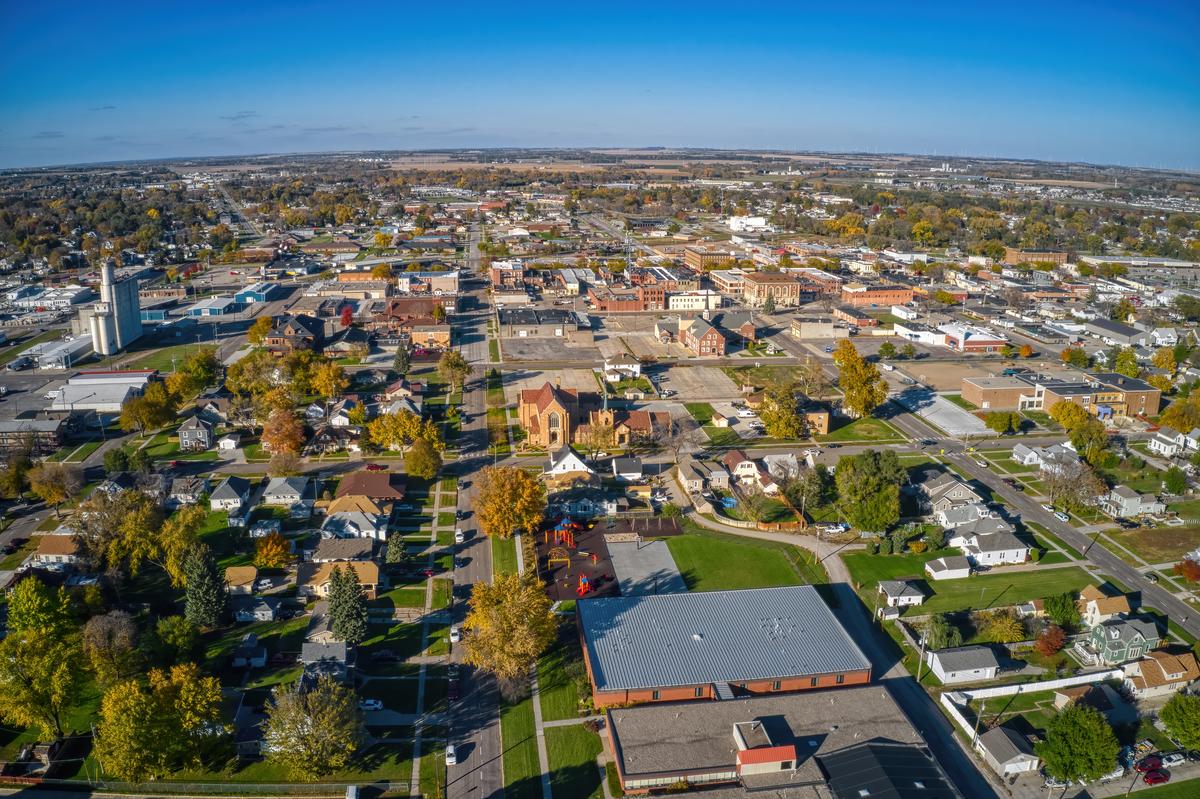
3. Norfolk, NE
This northeastern Nebraska town won me over with its welcoming, small-town feel paired with an undercurrent of creative energy. Norfolk had just the right balance of community pride, history, and outdoor fun — all wrapped up in a slower pace that felt genuinely refreshing in a way that completely won me over.
I drove about two hours northwest from Omaha and stayed two days at 3-star Norfolk Lodge & Suites. You can walk along the scenic Cowboy Trail (the longest rail-to-trail conversion in the U.S.), explore local shops downtown, and grab hearty meals at classic Midwestern diners.
- Location: Northeastern Nebraska in the Elkhorn River Valley, west of Sioux City and north of Columbus
- Map & Directions
What I loved best:
How easy it was to relax here, but there was always something to discover if you leaned into the city’s charm.

4. Fremont
This riverfront town gave me an instant sense of classic Midwestern warmth, a place where history, outdoor adventure, and community spirit all come together. Fremont felt both down-to-earth and quietly adventurous, offering a little bit of everything from charming downtown strolls to lakeside escapes.
I drove about 40 minutes northwest of Omaha and lingered two days at 2-star Fairfield by Marriott Inn & Suites Fremont, wandering through the historic downtown district with its brick storefronts and antique shops for 90 minutes, stopping into cozy cafés, and learning about the area’s heritage at the May Museum. The pace was relaxed, and it was easy to feel like part of the community.
Visiting Fremont Lakes State Recreation Area was my favorite highlight when it buzzes with boating, fishing, swimming, and camping. Fall brings colorful foliage along the Platte River, while winter slows everything down, making downtown’s historic charm and local eateries the perfect retreat.
- Location: Northern California in the southeastern San Francisco Bay Area, at the base of the East Bay hills, north of San Jose and south of Hayward
- Map & Directions
What I loved best:
How compared to bigger Nebraska cities, this place felt affordable and approachable — a simple, welcoming getaway.
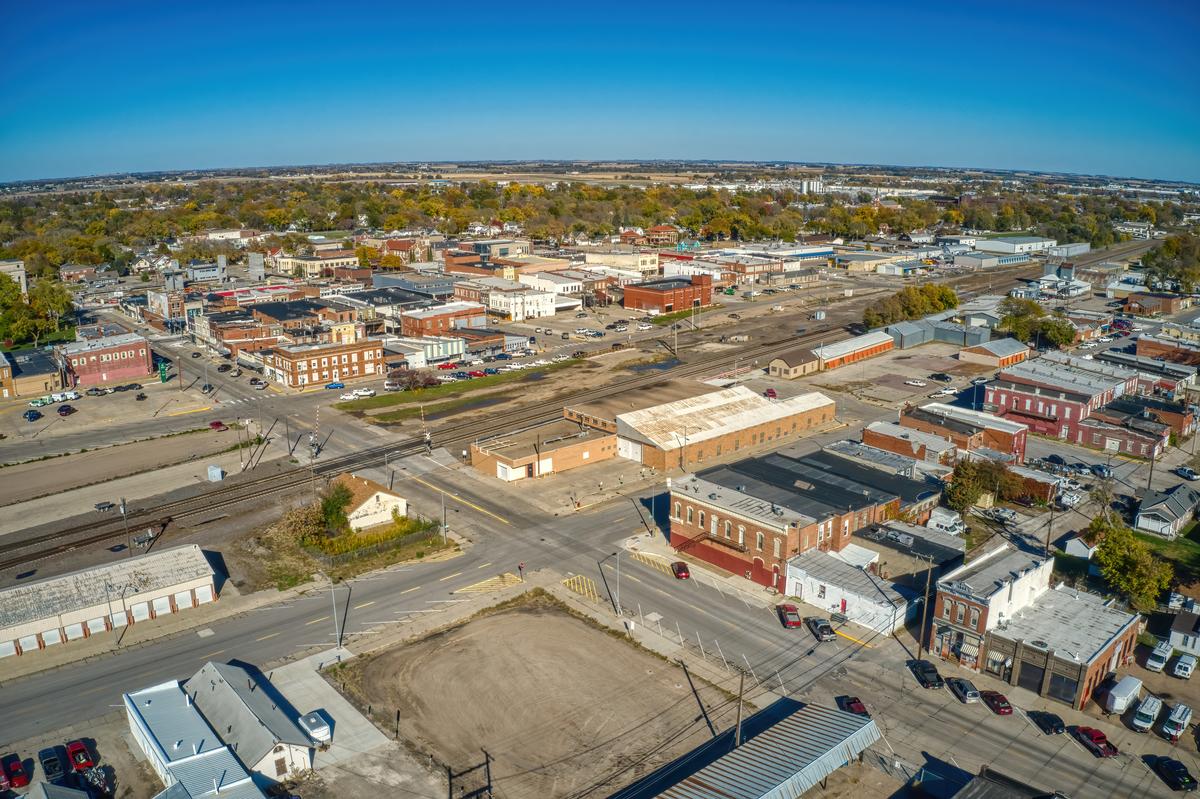
5. Columbus, NE
This central Nebraska town charmed me with its blend of history, riverfront scenery, and welcoming Midwestern spirit. This city felt like a place where industry and community meet — a hardworking town with surprising pockets of leisure, culture, and natural beauty.
I drove about 90 minutes west of Omaha and stayed for two days at Hampton Inn Columbus NE, walking through the revitalized downtown for 90 minutes, visiting small family-owned shops, and enjoying local diners that served hearty Nebraska comfort food.
- Location: Eastern Nebraska on the Loup River, west of Omaha and north of Lincoln
- Map & Directions
What I loved best:
Relaxing by Pawnee Park, where trails, sculptures, and river views made for a peaceful afternoon.

6. Nehawka, NE and Slattery Vintage Estates
Nestled amid the rolling hills of Cass County in southeastern Nebraska, this town offers a tranquil rural escape filled with Midwest warmth, the kind of place where time seems to slow, where the rhythm of life follows the seasons, and the horizon stretches endlessly across golden fields. A 40-minute drive south from Omaha brought me to Nehawka’s quiet downtown, where century-old homes, tidy streets, and friendly locals create an inviting, down-to-earth atmosphere.
While the town itself is small, its surroundings hide a wonderful surprise: Slattery Vintage Estates Vineyard and Tasting Room, a must-visit destination for wine lovers and anyone seeking a relaxed countryside afternoon (or even a romantic glamping weekend getaway in their awesome glamping yurt!).
Set on a gentle hillside just outside of town, Slattery’s combines the charm of a rustic Nebraska vineyard with warm hospitality and stunning sunset views over the vines. I spent a blissful afternoon sampling locally crafted wines on the patio, paired with a gourmet cheese platter and live acoustic music.
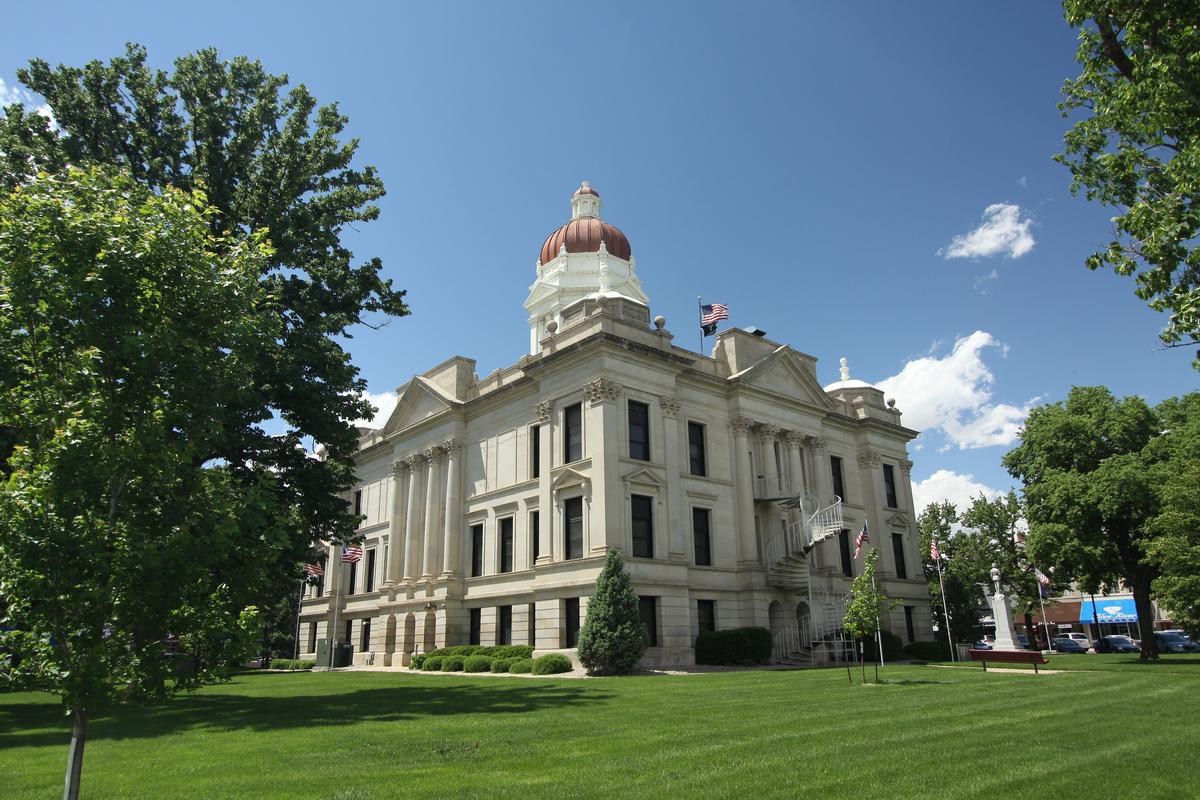
7. Seward, NE
I found this town to be one of those small Midwestern towns that wears its charm openly when I visited this month. With its historic courthouse square, red-brick storefronts, and friendly cafés, it felt like stepping back to a slower, more welcoming era. I stayed at the 3-star Cobblestone Hotel & Suites - Seward for two days. The town is perhaps best known as “Nebraska’s Fourth of July City,” and even outside the holiday, you can sense the civic pride and community spirit in the tidy streets and well-kept parks.
I spent the afternoon strolling through the historic downtown, popping into locally owned boutiques and antique shops. The charming Seward County Courthouse, a stately Richardsonian Romanesque building in the photo here, anchors the square and adds an old-world dignity to the heart of town. For a touch of history, I stopped by the Nebraska National Guard Museum, which tells the state’s military story with thoughtful exhibits.
- Location: Eastern Nebraska west of Lincoln, along the Big Blue River, north of Crete and south of York
- Map & Directions
What I loved best:
A quiet evening picnic in Plum Creek Park, where locals were out fishing and kids ran along the playgrounds, a personal highlight.
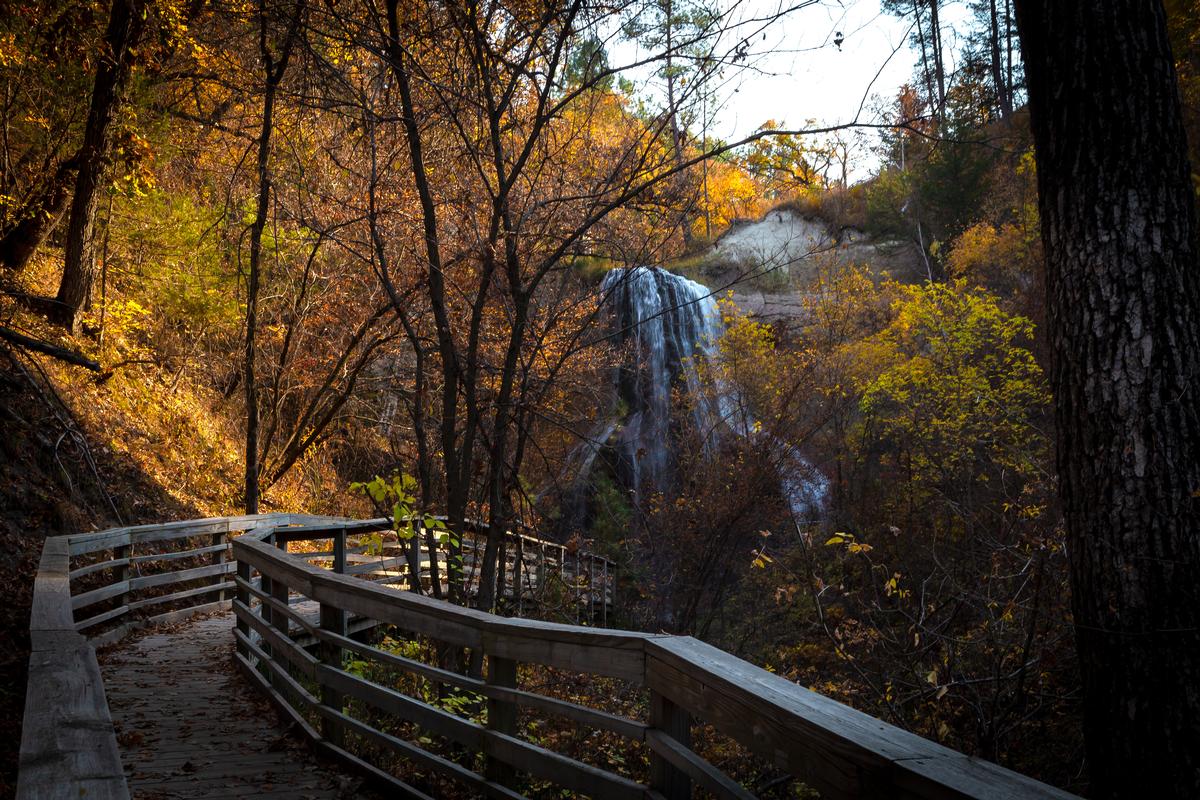
8. Smith Falls
This place felt like a hidden gem tucked into Nebraska’s Sandhills, a place where the wide-open prairie suddenly revealed a lush, tree-shaded oasis. The park’s centerpiece—Smith Falls, the tallest waterfall in Nebraska at 63 feet—was a beautiful surprise, its cascade tumbling gracefully into a cool, shaded gorge along the Niobrara River. The sound of rushing water and the green canopy overhead made it feel worlds away from the windswept plains.
Getting there was part of the adventure. I crossed a long wooden footbridge over the Niobrara, with kayakers and canoeists drifting peacefully below, before walking a short trail that led directly to the falls. Up close, the spray of water was refreshing on a warm summer afternoon, and the setting felt almost enchanted. The park was simple—picnic tables, campsites, and trails...
- Location: North-central Nebraska in the Niobrara River Valley, east of Valentine within Smith Falls State Park
- Map & Directions
What I loved best:
Standing in the spray of Nebraska’s tallest waterfall was my personal highlight.
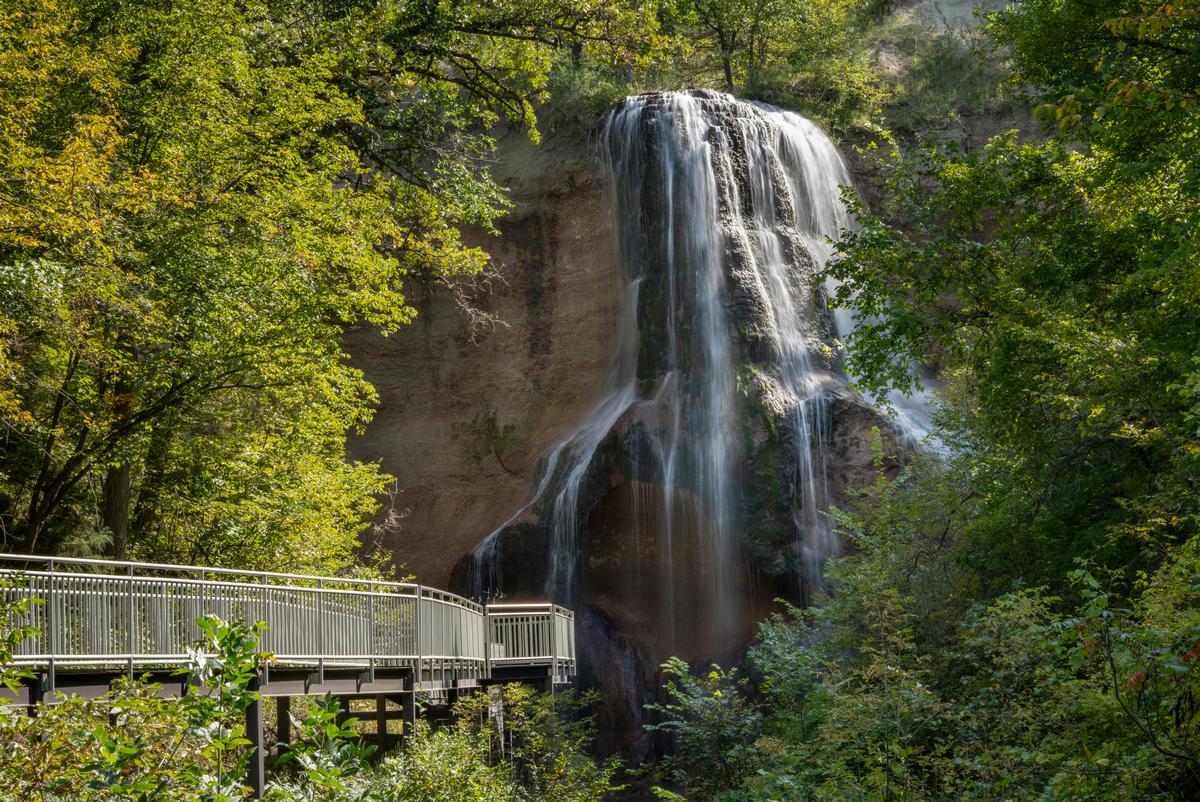
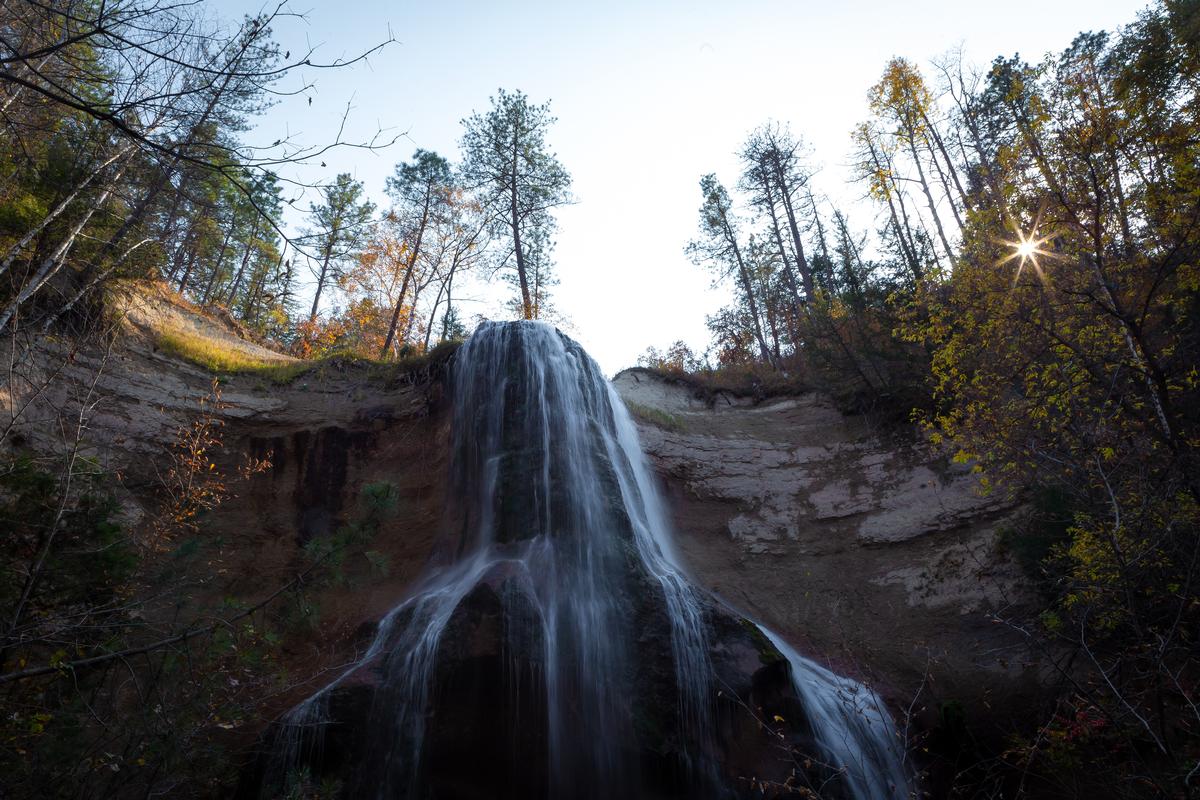
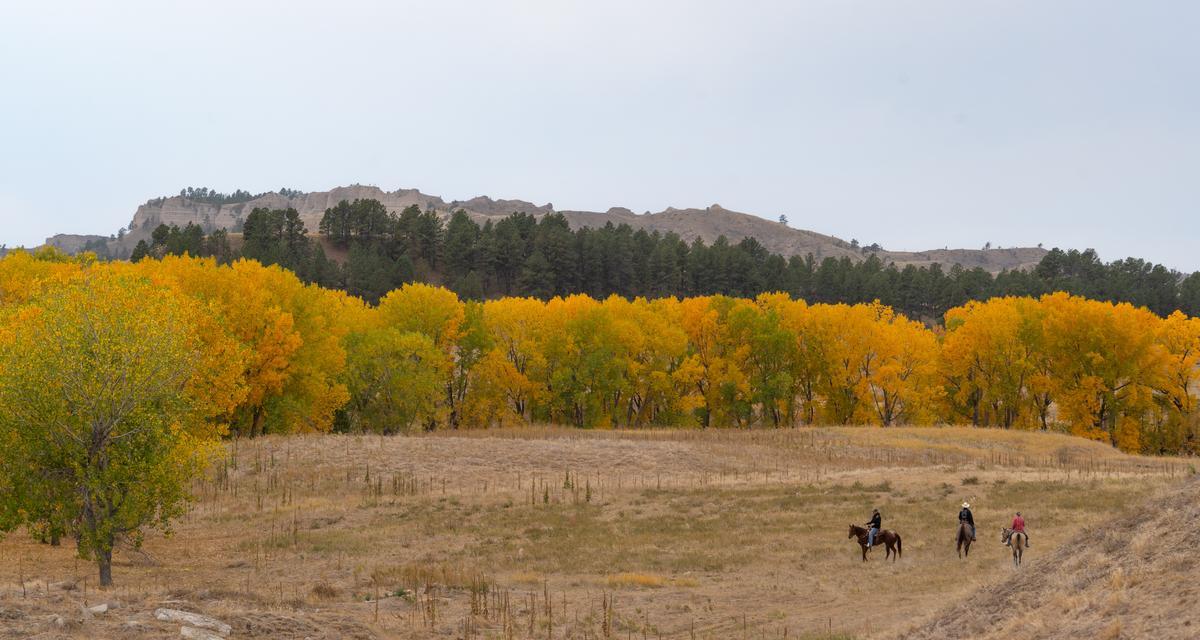
9. Fort Robinson State Park
This place was one of the most atmospheric and historically rich places I visited in Nebraska. Spread across the rolling Pine Ridge region, the park is anchored by the remains of a 19th-century frontier fort that has been carefully preserved and repurposed. Walking among the red-brick barracks, stables, and officer’s quarters gave me the vivid sense of stepping back into the days when cavalry regiments patrolled the Great Plains.
Beyond the history, the scenery was breathtaking—bluffs, buttes, and pine-covered hills stretching toward the horizon. I spent the morning horseback riding along trails that wound past rugged rock formations and open prairies. Later, I explored the museums on site, learning about the fort’s role in the Indian Wars and its later service as a World War II K-9 training center.
- Location: Northwestern Nebraska in the Pine Ridge region, west of Crawford and near the South Dakota border
- Map & Directions
What I loved best:
Joining a guided jeep ride that took me deeper into the park’s backcountry, where herds of bison and longhorn cattle grazed.
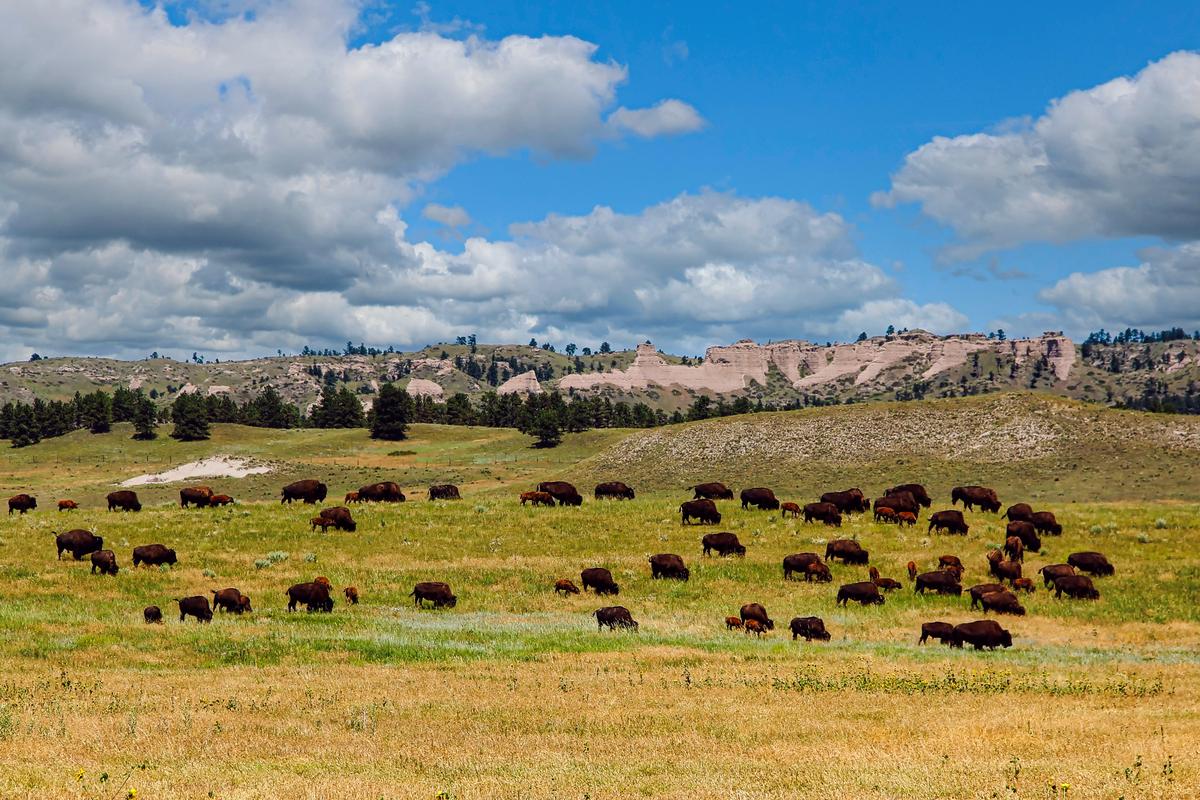
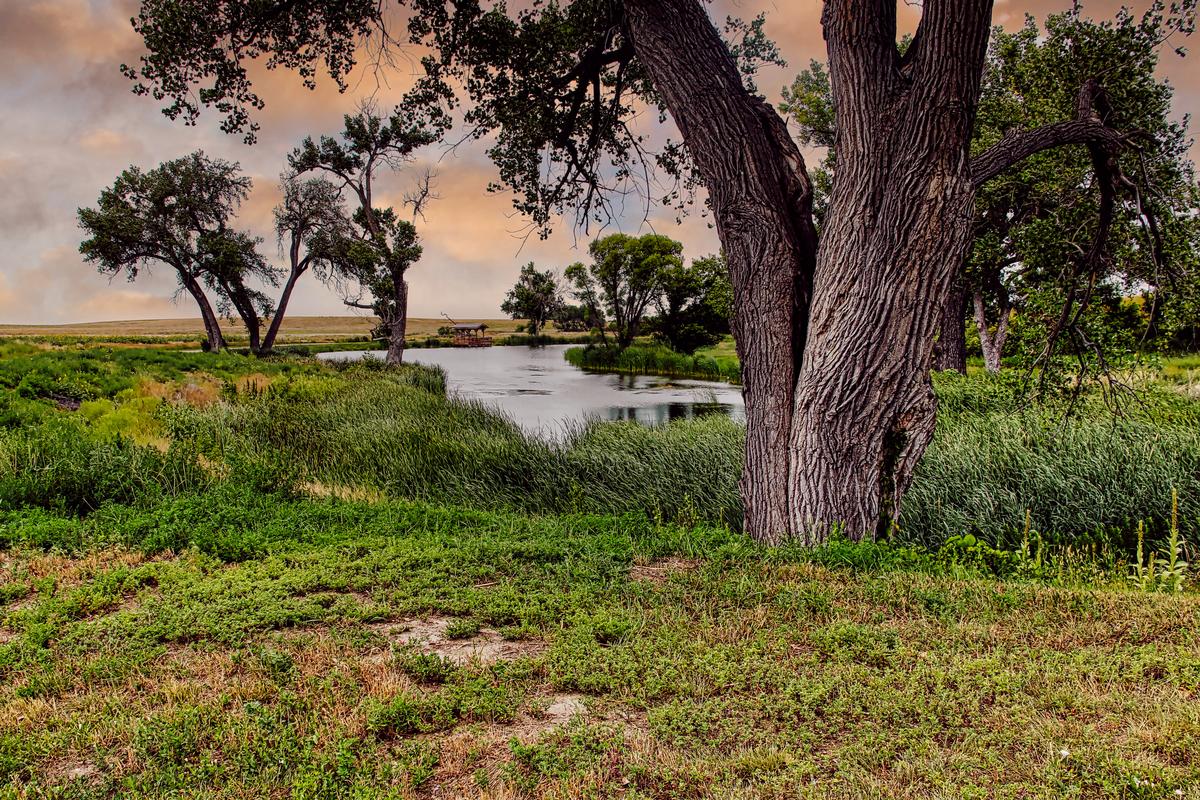
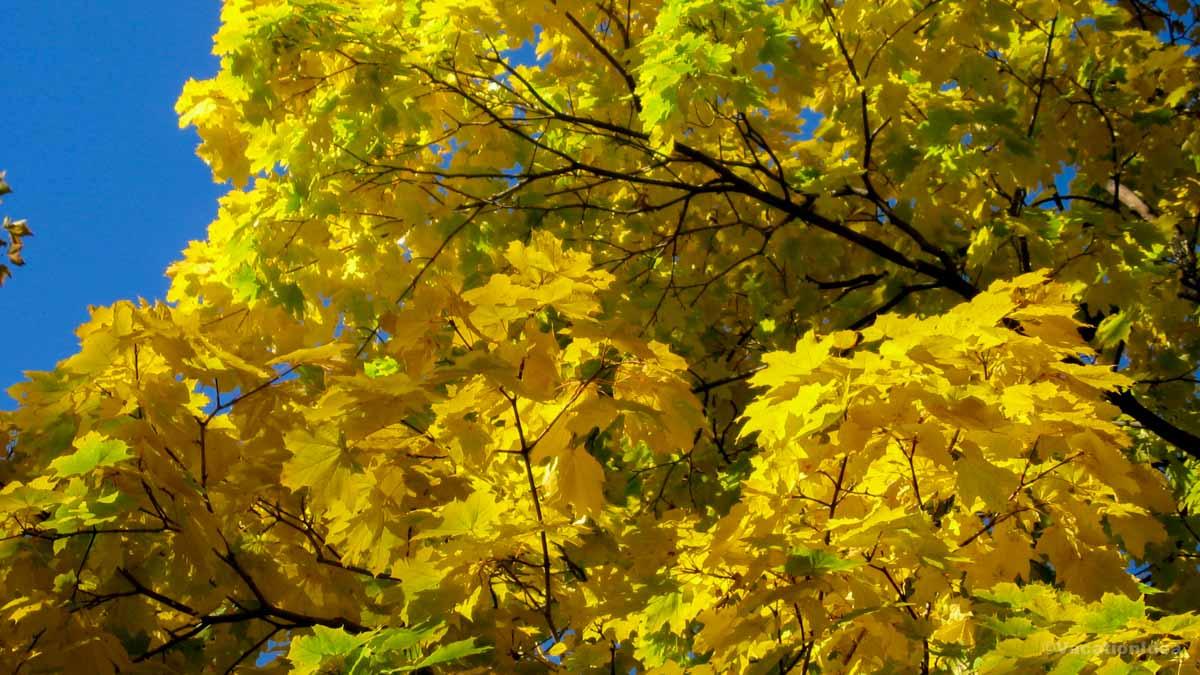
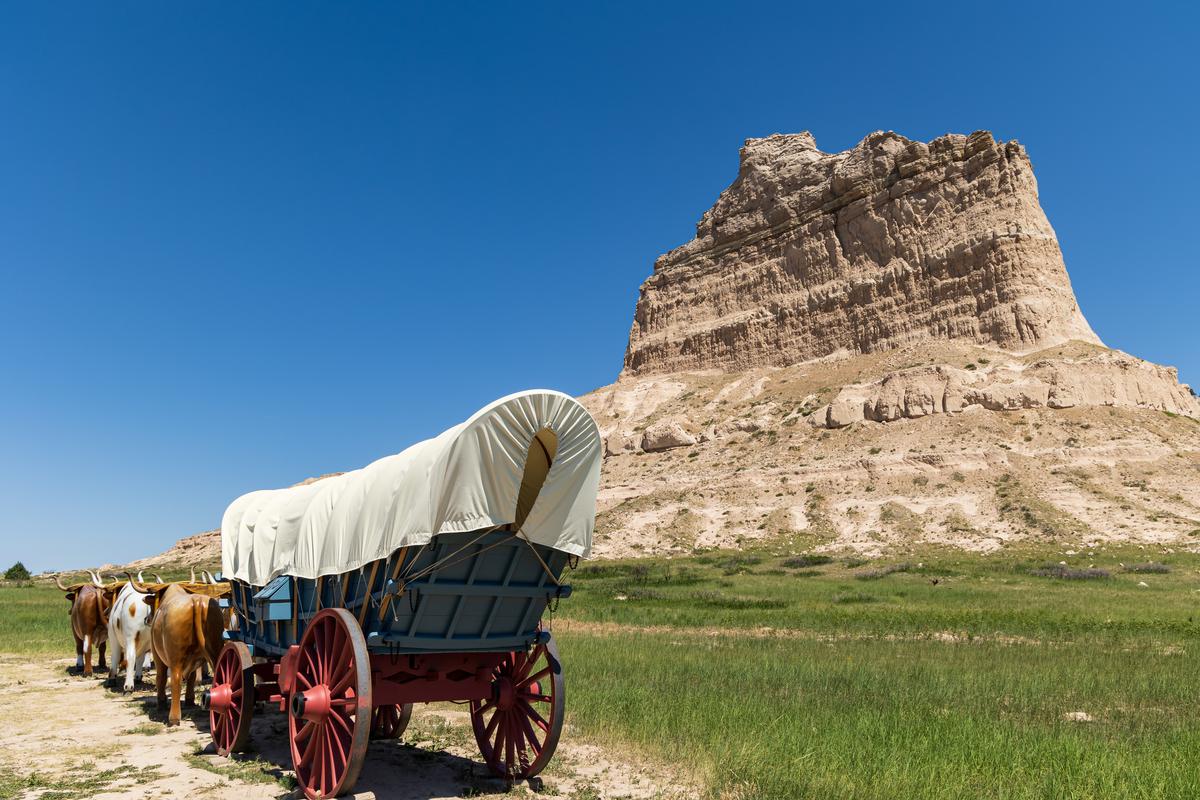
10. Scotts Bluff National Monument
This place was a fascinating blend of small-town friendliness and dramatic natural scenery when I visited this month. Nestled at the base of the iconic Scotts Bluff National Monument, the town feels closely tied to the history of the Oregon Trail while also offering access to some of western Nebraska’s most striking landscapes. I think that Scotts Bluff National Monument is one of the best places to visit in Nebraska. Why? The sight of the towering sandstone cliffs rising above the plains gave the area a rugged, cinematic beauty I hadn’t expected!
I spent the morning hiking the trails at Scotts Bluff, stopping at the visitor center to learn about the pioneers who once passed through this landmark. From the summit, the sweeping views of the Platte River Valley were unforgettable.
In town, Gering’s streets were quiet but welcoming, with family-owned diners and small shops lining the main drag. Later, I drove a short way to nearby Legacy of the Plains Museum, where historic farm equipment and pioneer exhibits gave me a deeper sense of the region’s agricultural heritage.
- Location: Western Nebraska in the North Platte River Valley, near Gering and Scottsbluff, along the historic Oregon Trail
- Map & Directions
What I loved best:
That prices here were modest, making it an affordable stop with an abundance of scenery and soul.
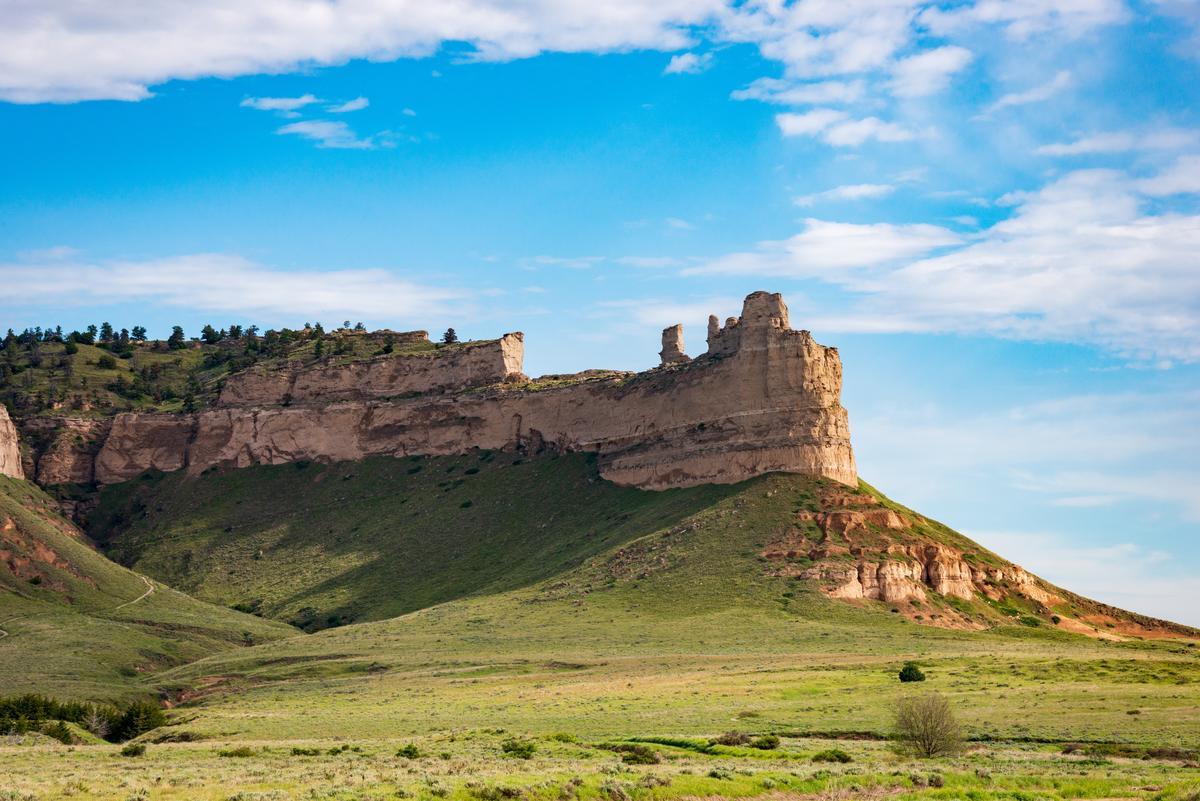
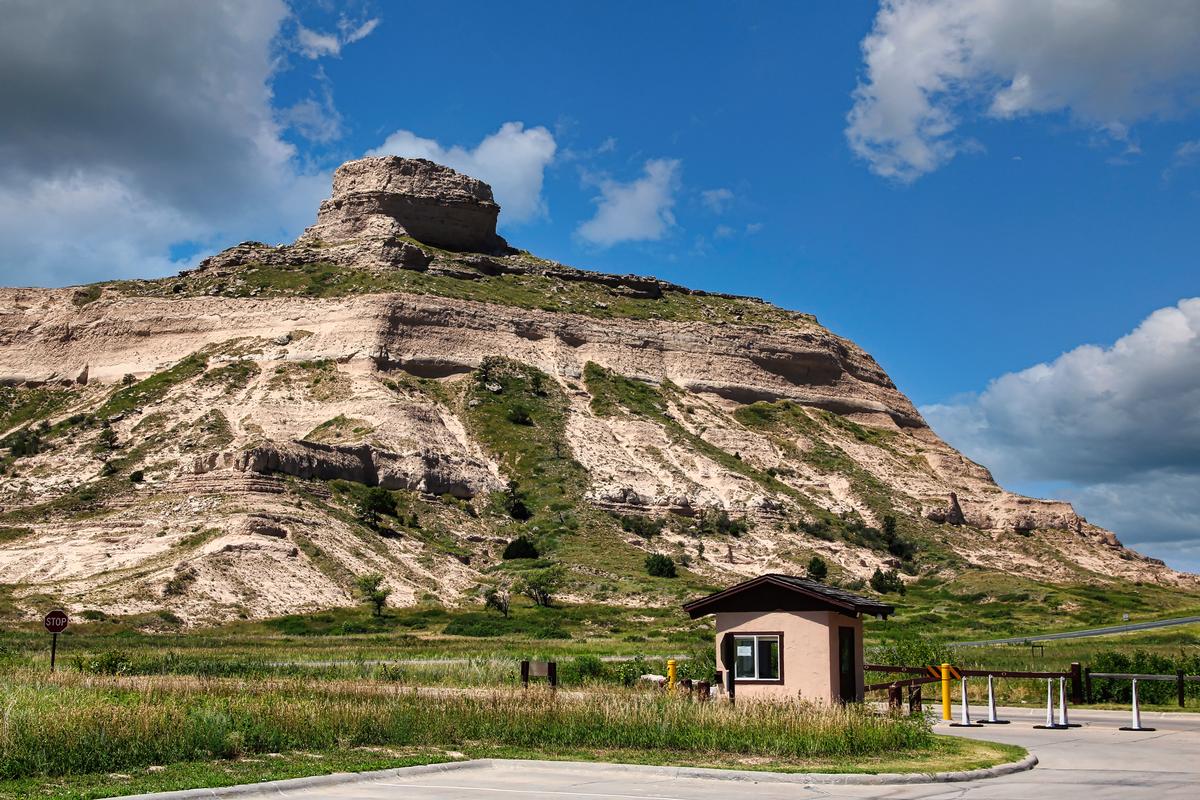
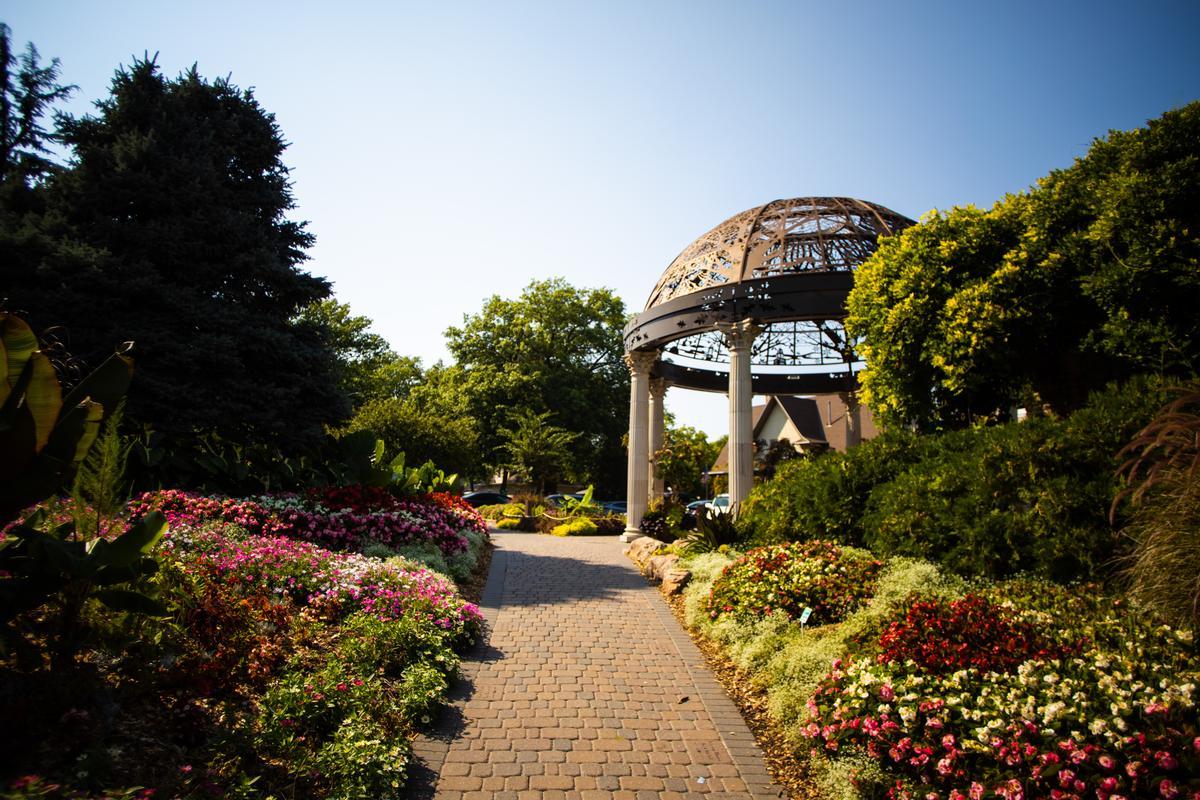
11. Lincoln
This college town had such an energetic yet laid-back vibe — a mix of historic charm, buzzing student life, and a thriving arts scene. I loved how Lincoln blended its prairie roots with a fresh, youthful energy, making it feel both welcoming and dynamic at the same time.
I only drove about 50 minutes west from Omaha and spent my time exploring the Historic Haymarket District for two hours with its brick warehouses turned into breweries, coffee shops, and art spaces; and wandering through the Sunken Gardens, which felt like a peaceful oasis in the middle of the city.
- Location: Southeastern Nebraska in the Salt Creek Valley, southwest of Omaha and north of Beatrice
- Map & Directions
What I loved best:
Visiting the striking Nebraska State Capitol!
For me, Lincoln is one of the best places to visit in Nebraska it's laid-back and unique!
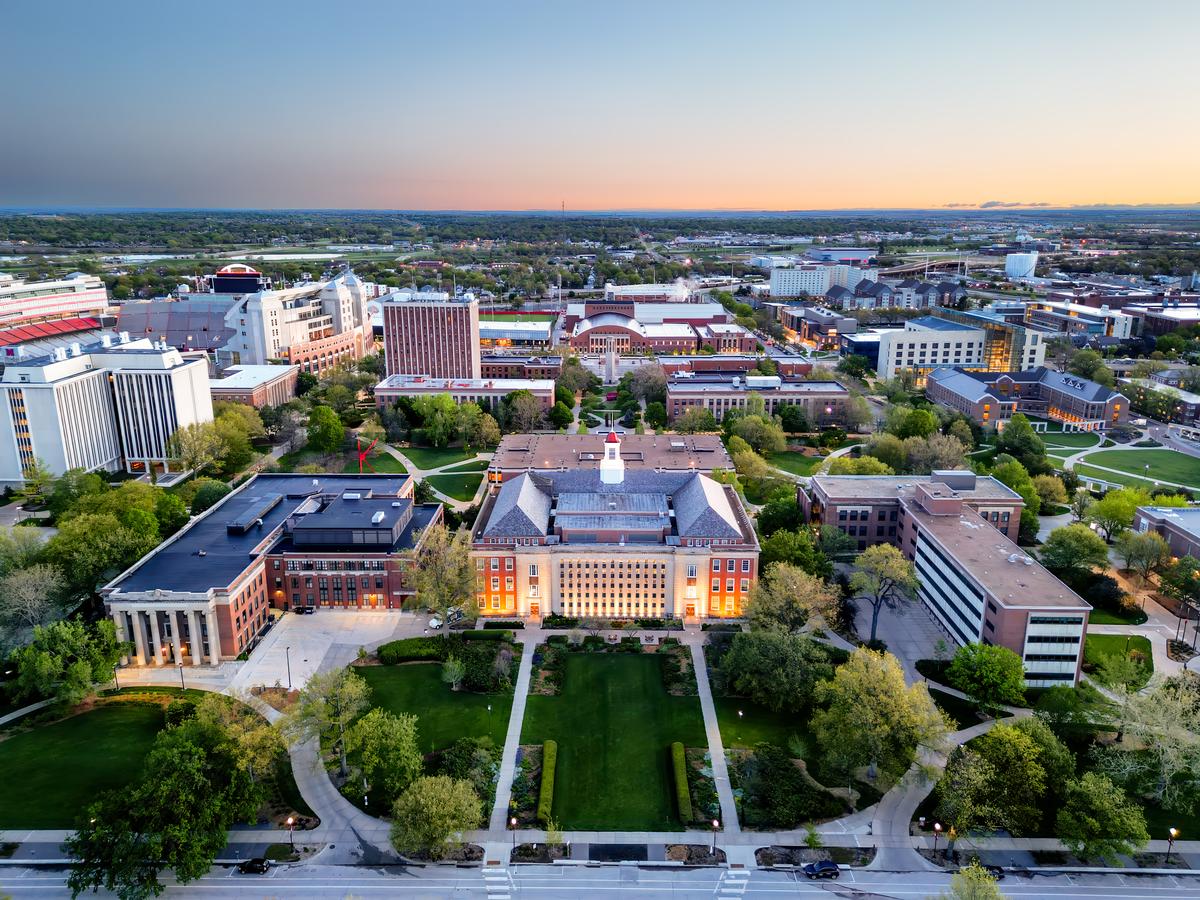
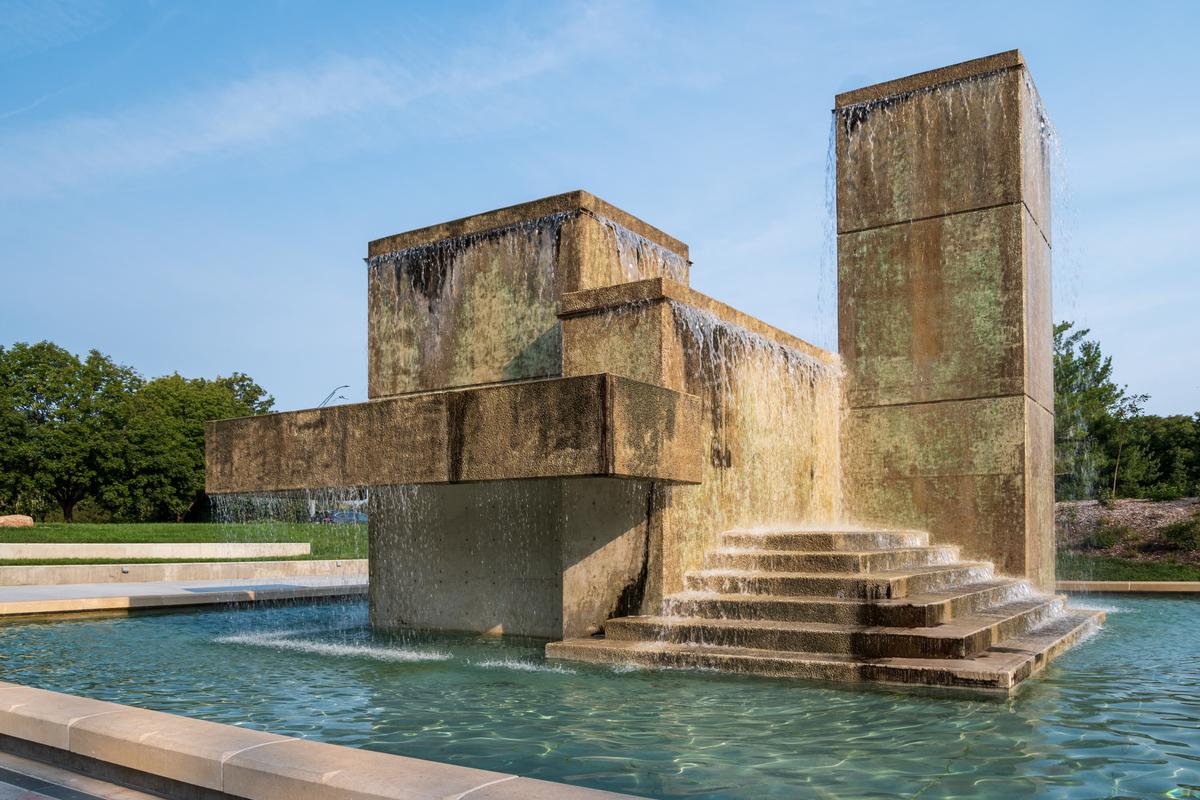
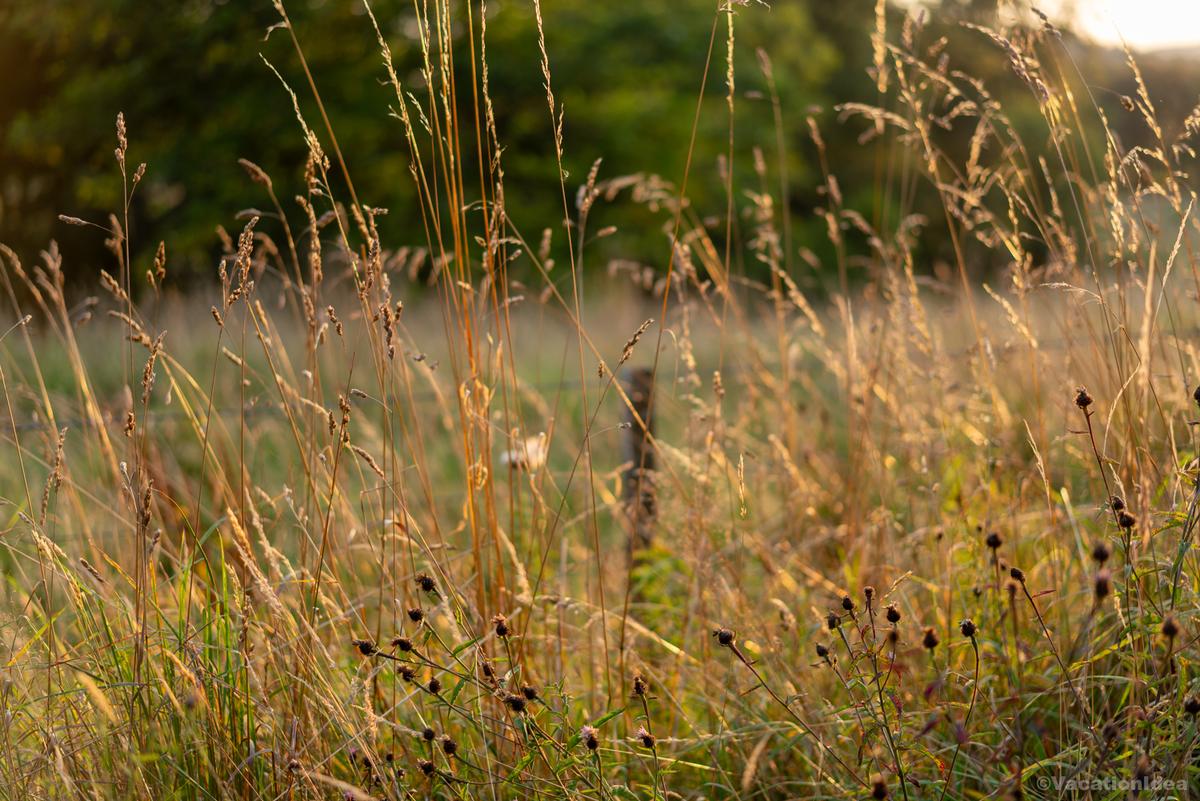
Booking Checklist
1. Book Your Flight - I use Expedia because I like their mobile app with my itinerary. They've helped me re-book flights on many occasions. Once you reach their Gold tier, support is especially good.
2. Book Your Hotel - I use Booking.com or Expedia, depending on my destination.
3. Book Your Rental Car - I use Expedia.
4. Book your tours on Viator or Get Your Guide.
5. If you are planning to visit more than three national parks in the next 12 months, buy the America the Beautiful Pass.
